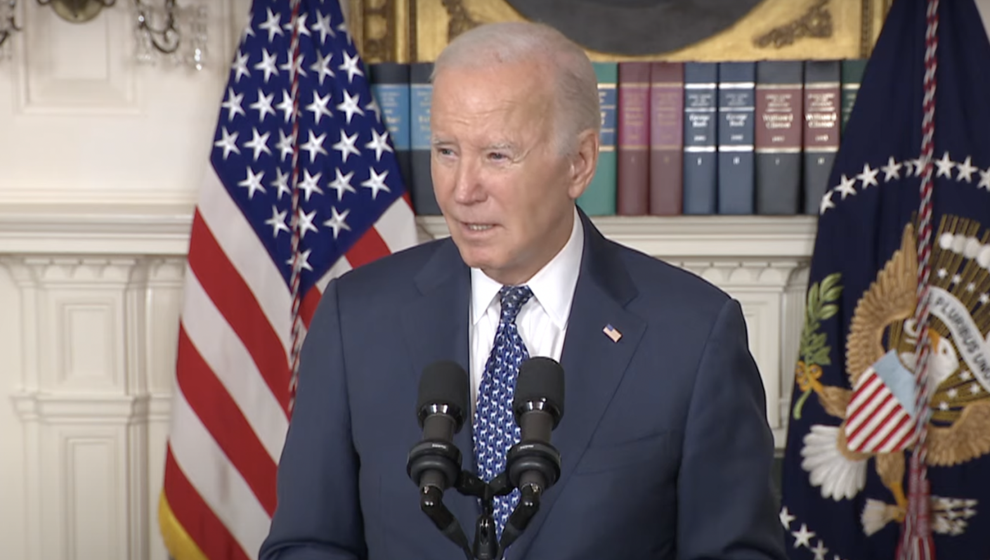If Biden were to suspend his reelection campaign, this is what would happen next

(The Center Square) – If President Joe Biden were to succumb to pressure from leaders of his own party and suspend his reelection campaign, several organizations have explained the process to replace him as the Democratic nominee.
Polls continue to show that former President Donald Trump would defeat Biden in November after Biden’s presidential debate performance in June, where he at times appeared to be incoherent.
On Friday, seven additional elected Democrats called on Biden to step down, the New York Times reported in its latest tally. So far, 37 Democrats have called on Biden “to step aside,” an additional 25 have “expressed concern” and 74 still support the president.
It remains unclear if the Democratic National Committee is moving ahead with a plan to virtually nominate Biden ahead of its convention in Chicago next month. Several Democrats have called on it to scrap the virtual nomination process.
If Biden were to drop out, several organizations have explained the replacement process. If he withdrew before a virtual nomination process or before the Democratic National Convention meets next month, “there is no formal line of succession for a presidential nominee,” BallotPedia explains. Harris “would not automatically assume the role.”
Democrats would hold an open convention and delegates would “participate in rounds of voting until a new candidate received a majority of convention delegate votes,” Ballotpedia reports. “The Democratic Party’s 2024 Delegate Selection Rules do not provide specific guidance for how delegates should vote if their candidate withdraws.”
However, 14 states have laws that require presidential convention delegates “to vote according to how they were allocated after the state’s primary;” 12 states allow delegates “to be released when a candidate withdraws or after a specific number of rounds of voting at the national convention.”
The party could change the rules at the convention.
If a nominee is not selected by the majority of delegates in the first round of voting, a brokered convention would take place, also referred to as a multi-ballot convention.
There have been 15 multi-ballot Democratic National Conventions. The last one was in 1952 when, after three rounds of voting, delegates nominated Adlai Stevenson.
If Biden remains in the race and delegates elect him as the party’s nominee, but something were to happen causing the need for him to be replaced on the ballot after the convention and before the election, the Democratic National Committee is responsible for filling the vacancy, according to the Democratic Party’s bylaws.
“Under Article IX.G of the Call of the Convention, ‘[i]n the event of death, resignation or disability’ of a presidential or vice-presidential nominee after the convention, ‘the National Chairperson of the [DNC] shall confer with the Democratic leadership of the United States Congress and the Democratic Governors Association and shall report to the [DNC], which is authorized to fill the vacancy or vacancies,” the Congressional Research Service states.
“It is rare for a candidate to drop out of the race between his or her formal nomination at a national convention and the general election,” Ballotpedia notes. The last time the DNC replaced a candidate was 1972, “when Democratic vice presidential nominee Thomas Eagleton withdrew after details about his mental health treatment were publicized.”
Another possibility would be if Biden were reelected and as president-elect withdrew, died or became incapacitated between the general election and the presidential inauguration.
Such an occurrence has never happened before in U.S. history.
The 25th Amendment governs the succession process. When the office of the president becomes vacant due to “removal … death or resignation,” the vice president “shall become President.” When the office of vice president becomes vacant, the president “shall nominate a successor, who must be confirmed by a majority vote of both houses of Congress,” the Congressional Research Service explains.











